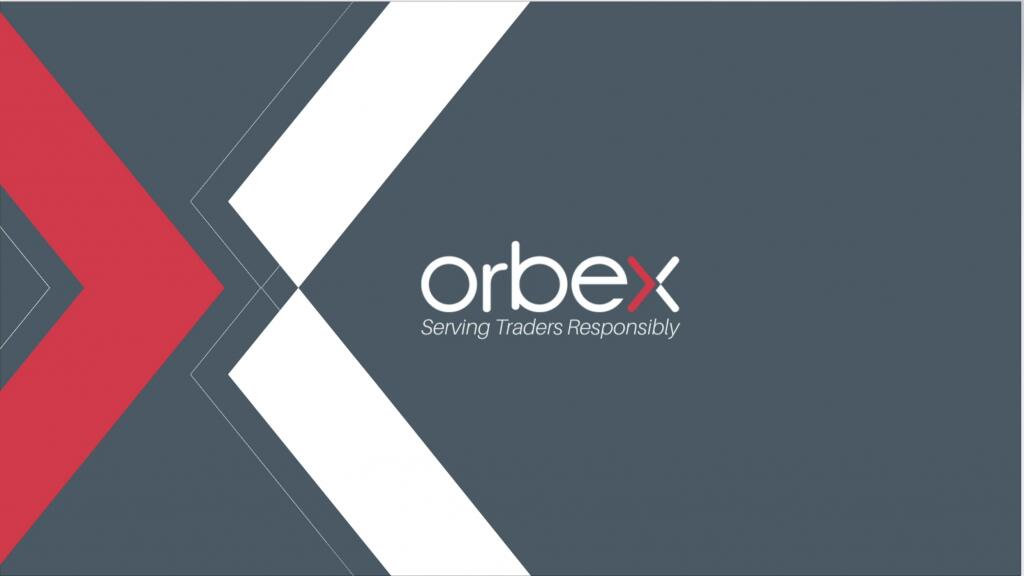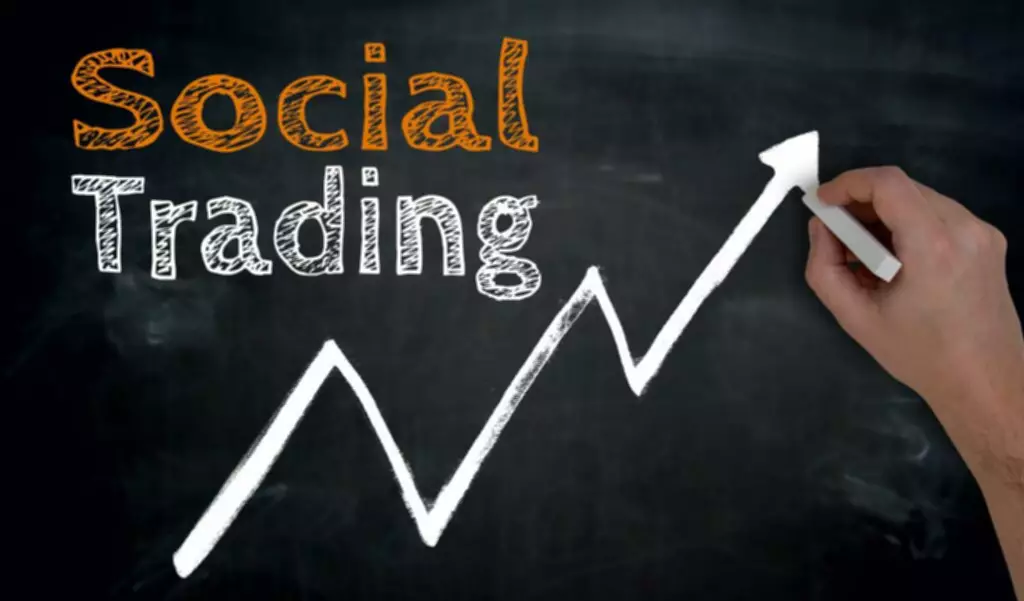Active vs Passive Investing: What’s the Difference?
Středa, Srpen 11th, 2021Content
The exact approach that would work for you is something only you can decide on. It will heavily depend on your overarching goals and risk tolerance. Probably the safest option would still be starting with mostly active investments and switching a vast portion of your money into long-term securities and index funds as soon as you have saved up a bit. Due to low costs, and a similar kind of relative reliability, the same applies to investing in passive funds. To me it’s so implausible that you can “win” it’s not worth considering. You might as well go and throw away a load of money each week on lottery tickets.
Passive investments are funds intended to match, not beat, the performance of an index. Mutual funds and exchange-traded fundscan take an active or passive approach. Active investors research and follow companies closely, and buy and sell stocks based on their view of the future. This is a typical approach for professionals or those who can devote a lot of time to research and trading. NerdWallet, Inc. is an independent publisher and comparison service, not an investment advisor. Its articles, interactive tools and other content are provided to you for free, as self-help tools and for informational purposes only.
It is also worthwhile to note that some experts believe that index funds are very bad for the market, especially as they promote inertia with their hands-off approach to investing. These numbers truly showcase both how much more money can a good active fund net you—and how much money you’d lose on higher fees. We should remember though that the numbers for the active fund have been based on ARKK’s 5-year performance—and that fund has been a bit of an exception over the years.
Active funds are run by fund managers, who independently assess each investment to attempt to „beat the market“. When active investing, you will generally have a remit, however, the fund manager will have a specific strategy they follow in order to take advantage of the market’s peaks and troughs. Managing a portfolio of active investments requires a lot of time, with fund managers often tracking the changes in stock prices multiple times a day and investing accordingly.
Goals-Based Planning: Stay on Track
Let’s get started reviewing the main key differences between active vs. passive investing. Active investing is a strategy that involves frequent trading typically with the goal of beating average index returns. It’s probably what you think of when you envision traders on Wall Street, though nowadays you can do it from the comfort of your smartphone using apps like Robinhood. While ETFs have staked out a space for being low-cost index trackers, many ETFs are actively managed and follow a variety of strategies. Active investing requires a hands-on approach, typically by a portfolio manager or other so-called active participant. Passive investing removes the need to be “right” about market predictions and comes with far fewer fees than active investing since fewer resources (e.g. tools, professionals) are needed.
This is generally a good option as the stock market has historically been giving good returns and has kept consistently growing ever since its inception. In contrast to active investing, which focuses more on individual securities, passive investing will typically involve more index funds and ETFs. That’s because these are the investments that can most reliably track the performance of major indexes such as the S&P 500.
But it’s also important to note the several different types of investments before you choose how to invest. This mainly includes stocks, bonds, mutual funds and exchange-traded funds , among others. Bonds and stocks can be active or passive according to your preferences. The long-term investing with indices are more passive than day trading, in which you’re monitoring the market constantly. But, there are computers that will help reduce the time and effort.
That’s one of the issues explored in Investment Strategies and Portfolio Management, which also covers topics such as fund evaluation and selecting appropriate performance benchmarks. John Schmidt is the Assistant Assigning Editor for investing and retirement. Before joining Forbes Advisor, John was a senior writer at Acorns and editor at market research group Corporate Insight. His work has appeared in CNBC + Acorns’s Grow, MarketWatch and The Financial Diet. Morgan Stanley Wealth Management is involved in many businesses that may relate to companies, securities or instruments mentioned in this material.
- Day trading is a strategy where all trading positions are closed on the same day.
- Another benefit of passive investing is how it provides an easier path to diversification.
- However, each style presents advantages and disadvantages, so you’ll want weigh those of each before making a final decision.
- Some might have lower fees and a better performance track record than their active peers.
- Regardless of those details, active investing portfolio managers are backed up by teams of analysts who constantly do in-depth research to identify the most promising investments.
- When looking at active vs. passive investing, their goals are the same; to make money.
We live that commitment through long-lasting partnerships, community-based delivery and engaging our best asset—Morgan Stanley employees. Our firm’s commitment to sustainability informs our operations, governance, risk management, diversity Active vs passive investing efforts, philanthropy and research. The global presence that Morgan Stanley maintains is key to our clients’ success, giving us keen insight across regions and markets, and allowing us to make a difference around the world.
Reasons to Invest in Multifamily Properties
Active investors have access to a wide range of trading strategies. It helps them achieve different financial goals including hedging, profits, and risk management. Day trading is a strategy where all trading positions are closed on the same day. It involves buying and selling financial assets on the same day. In other words, active investors seek loopholes in the market pricing mechanism and try to beat the market by placing the right type of orders before market corrections.
That said, not all active funds justify their higher management fee in terms of outperforming passive funds, particularly in certain sectors. Hedge funds can also be considered a form of passive investing however they merit a special disclaimer—they tend to be a subpar choice. Much like other actively managed funds, they seldom outperform the market and its indices. Active funds are run by human portfolio managers. Some specialize in picking individual stocks they think will outperform the market.
I’m a financial professional
Titan’s editorial partners have cut their teeth at The New York Times, Wall Street Journal, Time, Inc., and Bloomberg. As it involves a large number of transactions, it is a costly approach. Ease—The strategy can be simple to execute, understand, and measure.
As with many choices investors face, it really comes down to your personal priorities, timelines and goals. The expense ratio measures how much of a fund’s assets are used for administrative and other operating expenses. The content on this website is for informational purposes only and does not constitute a comprehensive description of Titan’s investment advisory services.
Wharton finance professor Jeremy Siegel is a strong believer in passive investing, but he recognizes that high-net-worth investors do have access to advisers with stronger track records. In that case, a management fee is not as burdensome. This is why active investing is not recommended to most investors, particularly when it comes to their long-term retirement savings. Moreover, it isn’t just the returns that matter, but risk-adjusted returns.
What is Passive Investing?
Stay updated via RSS, email, Twitter, or Facebook. By dealing fees, I meant the dealing fees of the fund as it rotates its “strategic macro view” and changes holdings which, afaik, aren’t included in the Ongoing Charges calculation. Sometimes unflatteringly called “churn”, though I’m not accusing Ruffer of that.
The company plays the role of a Fiduciary investment advisor, which means it always puts the client’s interest first. Or, if you want an even more dramatic story, there are people like Ted Weschler who caught PayPal early and turned a $70,000 investment into $264 million. Investing a significant amount in stable blue-chip https://xcritical.com/ stocks could help you invest in potentially very lucrative, but also very volatile penny stocks without much real danger to your livelihood. In the same vein, a significant portion of your portfolio vested in a big passive fund could allow you to take the risk and put some money in a potential high earner like ARKK.
Titan: An Active Investment App
Another popular approach is “factor investing”, in which the particular “factors” that can predict a stock’s movement are used to predict whether it will rise or fall in value. Furthermore, Burry has attempted it twice in the span of just a few short months—not only against ARKK ETF but doubling down on his bet against Tesla in August 2021. This ability to nimbly react to any potential shifts on the stock market, as well as the rewards a good call can get you truly represent the strong points of active investing. Another problem of active investing is that due to its dynamic nature it can often trigger both more plentiful and unfavorable short-term stock-related taxes even if you play all your cards right.
What Are Exchange-Traded Funds (ETFs)? | ETFs Explained
Critically, active investing is undertaken to beat the returns for a given index (e.g., the S&P 500). Get $10 when you open an actively managed individual or IRA account. Diversify your portfolio with personalized recommendations based on your investment goals. The differences between active and passive investing create a gulf within the investment world. Today, there is serious debate over the viability of each approach to investing. Active investments are funds run by investment managers who try to outperform an index over time, such as the S&P 500 or the Russell 2000.
The Differences Between Active vs. Passive Investing
Additionally, they also employ a so-called 2 and 20 fee system. Without going to much detail, the hedge funds take both a flat fee of between 1 and 5% of the money you have invested—though this number is usually around 2%. Furthermore, most of these funds take 20% of any returns made within a year before spreading the rest among their investors. This makes only a few best-performing hedge funds even worth considering.
Please create a new password
In active investing, it’s very easy to hop on the bandwagon and follow trends, whether they’re meme stocksor pandemic-related exercise fads. Consider the investor who decided to get in on the at-home workout trend and buy Peloton at $145 on Jan. 4, 2021. As of July 2022, that stock is now trading for less than $10 now that the pandemic is all but over. What becomes very difficult with trend-based investing is determining if you’re at the tip of the trend or if there’s still room to grow. For most people, there’s a time and a place for both active and passive investing over a lifetime of saving for major milestones like retirement.







